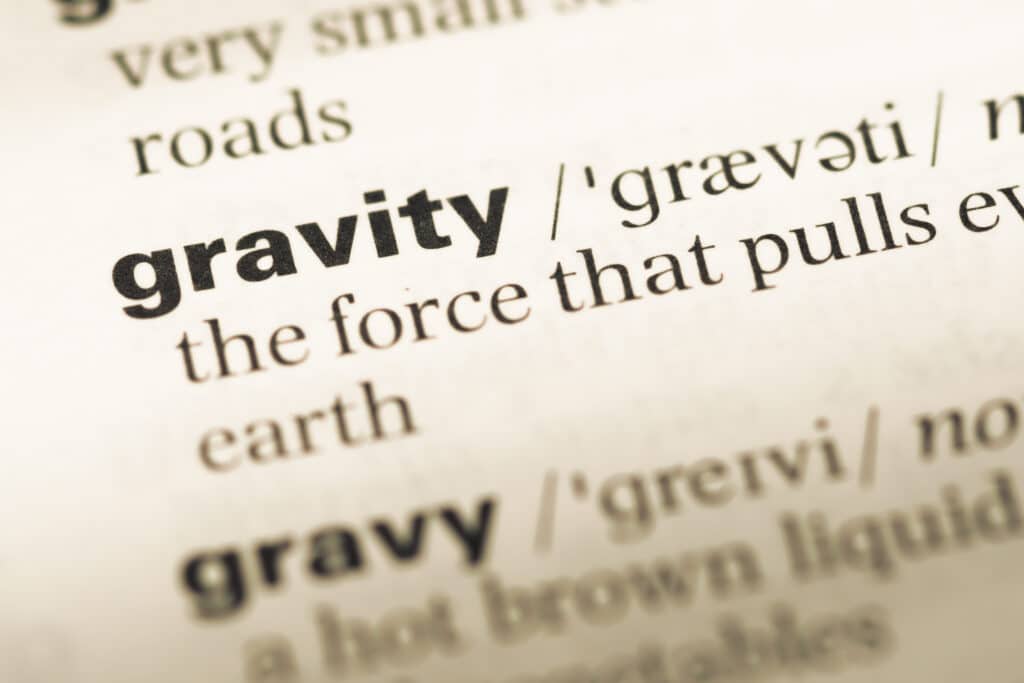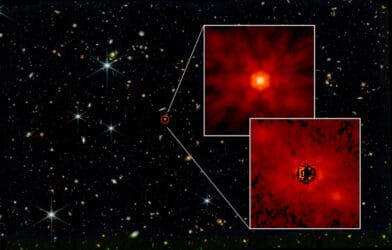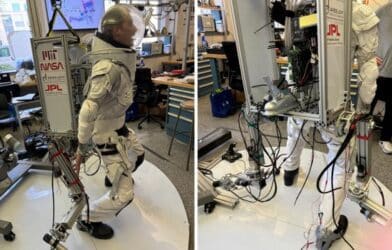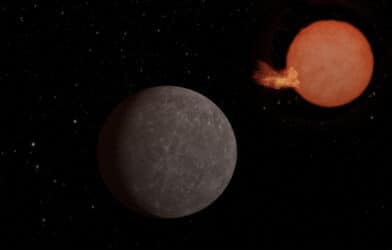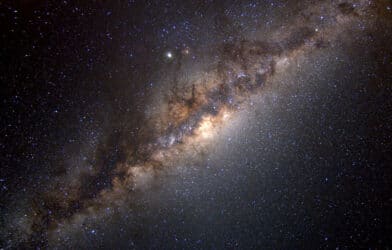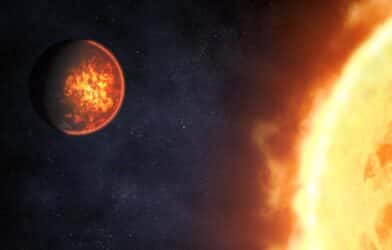Albert Einstein’s theory of general relativity, which describes gravity as a warping of space and time, has been a cornerstone of physics for over a century. It’s passed every test scientists have thrown at it, from the bending of starlight around the Sun to the detection of gravitational waves from colliding black holes. But now, an international team of physicists has uncovered tantalizing evidence that Einstein’s theory may not tell the whole story when it comes to the cosmos.
The researchers, led by Robin Wen from the University of Waterloo and Lukas Hergt from the University of British Columbia, have found hints that gravity may behave slightly differently on the largest scales of the Universe compared to the more local, “sub-horizon” scales that we’re used to. They’ve dubbed this discrepancy the “cosmic glitch in gravity”, or CGG for short. Their research is now published in the Journal of Cosmology and Astroparticle Physics.
So what exactly is this cosmic glitch? Essentially, it means that the strength of gravity – the “gravitational constant” in Einstein’s equations – may be about 1% weaker when we look at the Universe as a whole, compared to its strength in our cosmic backyard. It’s a bit like having a ruler that’s slightly off when you measure the width of a continent compared to the length of your living room.
Now, a 1% difference may not sound like much, but in the precision era of modern cosmology, it’s a big deal. The researchers found that this cosmic glitch could potentially help explain some of the biggest puzzles in cosmology today, such as the Hubble tension.
The Hubble tension refers to a mismatch in measurements of the expansion rate of the Universe. Some methods, like observing distant supernovae, give a higher value for this rate compared to methods that look at the early Universe, like the cosmic microwave background (the leftover glow from the Big Bang). The CGG model, by weakening gravity on large scales, allows for a faster cosmic expansion that could bring these measurements into better agreement.
But wait, there’s more! The cosmic glitch could also have implications for another cosmological conundrum: the clustering of galaxies. Surveys of the large-scale structure of the Universe have found that matter seems to be less clumpy than predicted by standard cosmology. By altering the growth of cosmic structure, the CGG model could potentially ease this clustering tension as well.
“Almost a century ago, astronomers discovered that our universe is expanding,” said Niayesh Afshordi, a professor of astrophysics at the University of Waterloo and researcher at the Perimeter Institute. “The farther away galaxies are, the faster they are moving, to the point that they seem to be moving at nearly the speed of light, the maximum allowed by Einstein’s theory. Our finding suggests that, on those very scales, Einstein’s theory may also be insufficient.”
So how did the researchers uncover this cosmic glitch? They didn’t need a giant new telescope or a particle collider. Instead, they took a fresh look at existing data from the Planck satellite, which mapped the cosmic microwave background with exquisite precision. By allowing for the possibility of a cosmic glitch in their analysis, they found that the data actually prefer a slightly weaker gravity on large scales.
But before we rewrite the textbooks, it’s important to note that this evidence is still far from conclusive. The cosmic glitch is detected at a confidence level of about 2 to 3 sigma, meaning there’s still a small chance it could be a statistical fluke. To really nail it down, we’ll need even more precise measurements from upcoming experiments like the CMB-S4 project and the Euclid space telescope.
If confirmed, the CGG model would represent a major shift in our understanding of gravity and the cosmos. It would mean that Einstein’s theory, while still spectacularly successful, is not the final word on gravity. It could point the way to a new, more complete theory that merges the physics of the very big and the very small.
But even if the cosmic glitch fades away with more data, this work highlights the importance of questioning our assumptions and pushing our theories to their limits. “Think of it as being like a footnote to Einstein’s theory,” said Robin Wen, the lead author on the project and a recent Waterloo Mathematical Physics graduate. “Once you reach a cosmic scale, terms and conditions apply.”
So keep your eyes on the cosmos, because the next great revolution in our understanding of the Universe might just come from a funny little glitch in gravity. And who knows, maybe Einstein is smiling somewhere, ready for his theory to be pushed to new heights.
